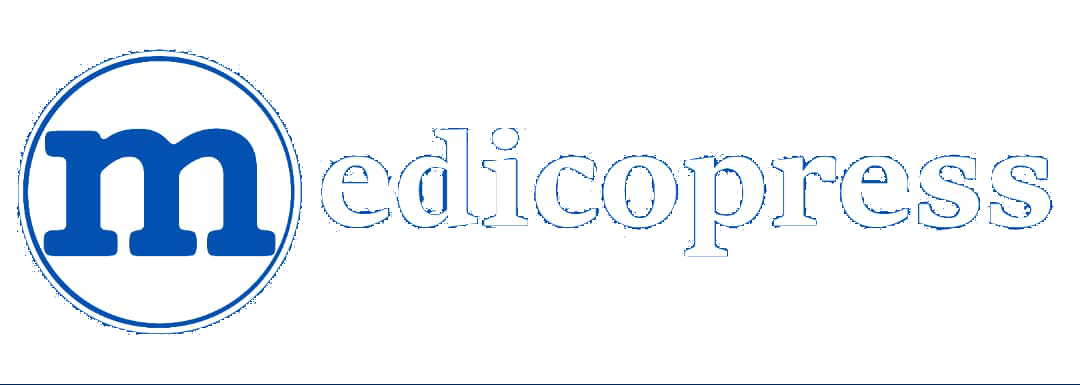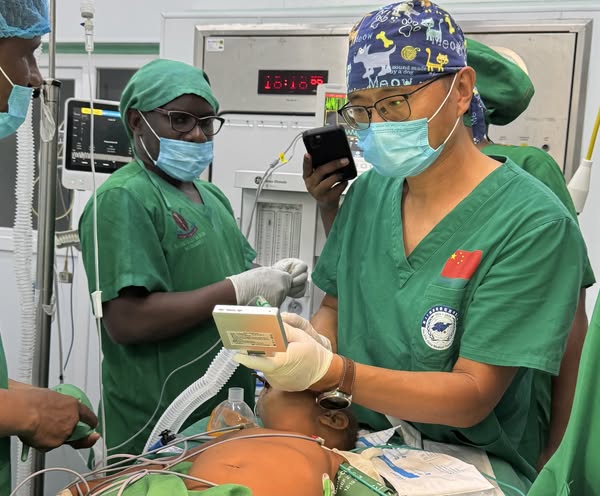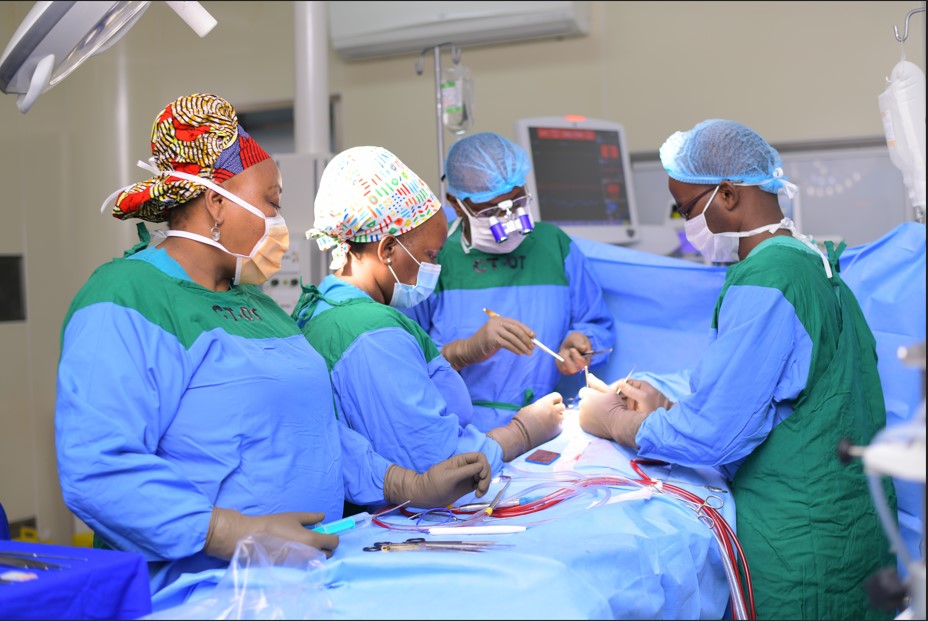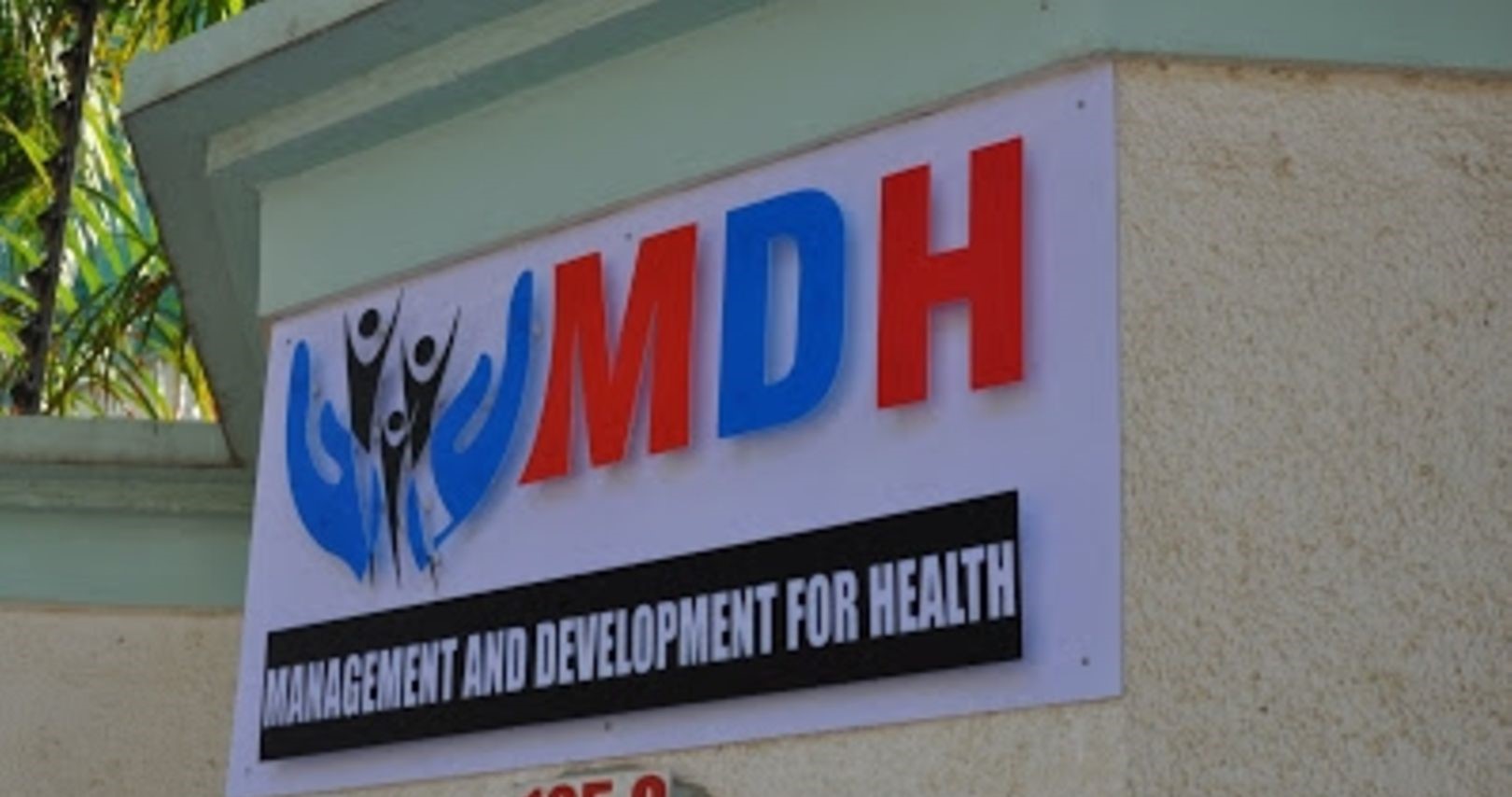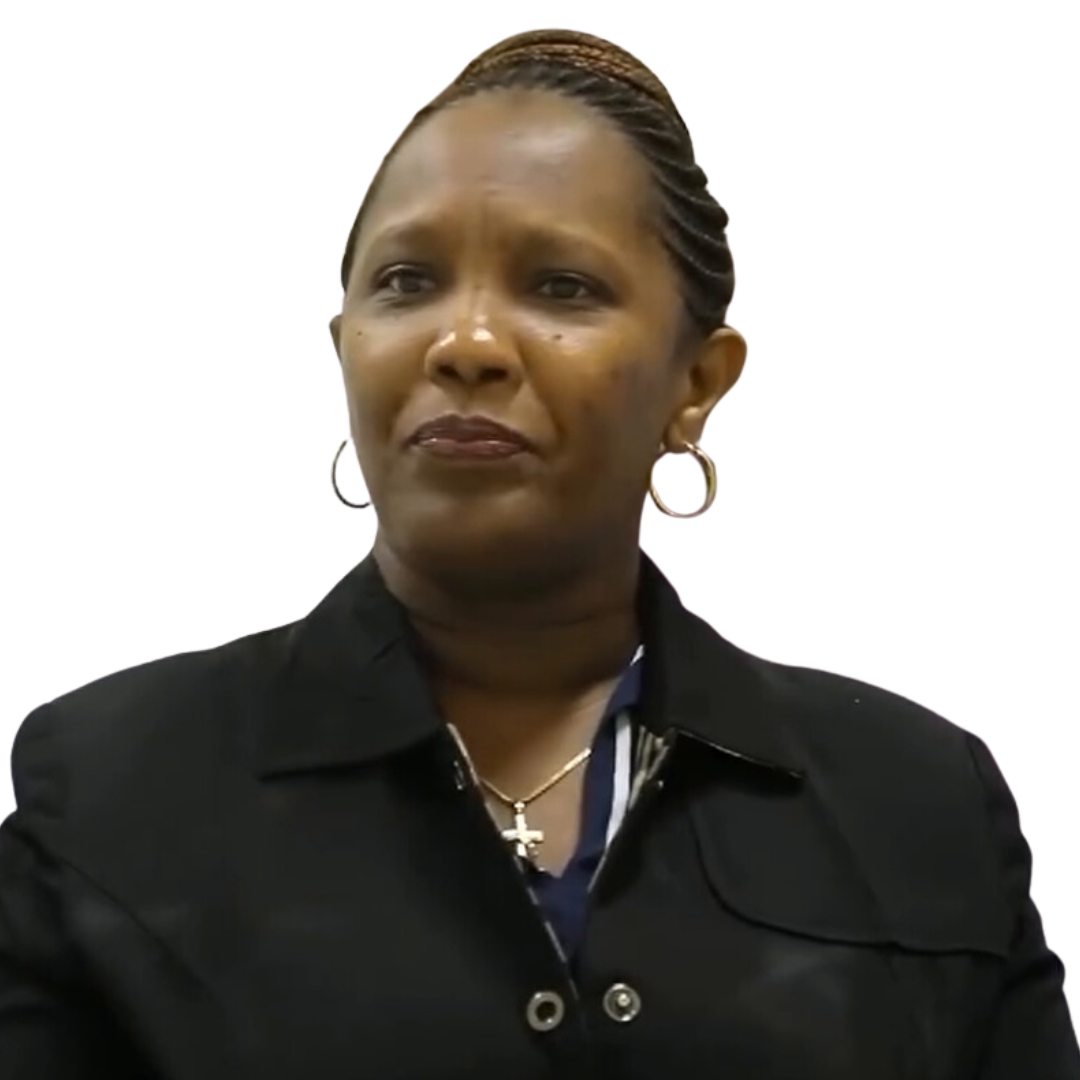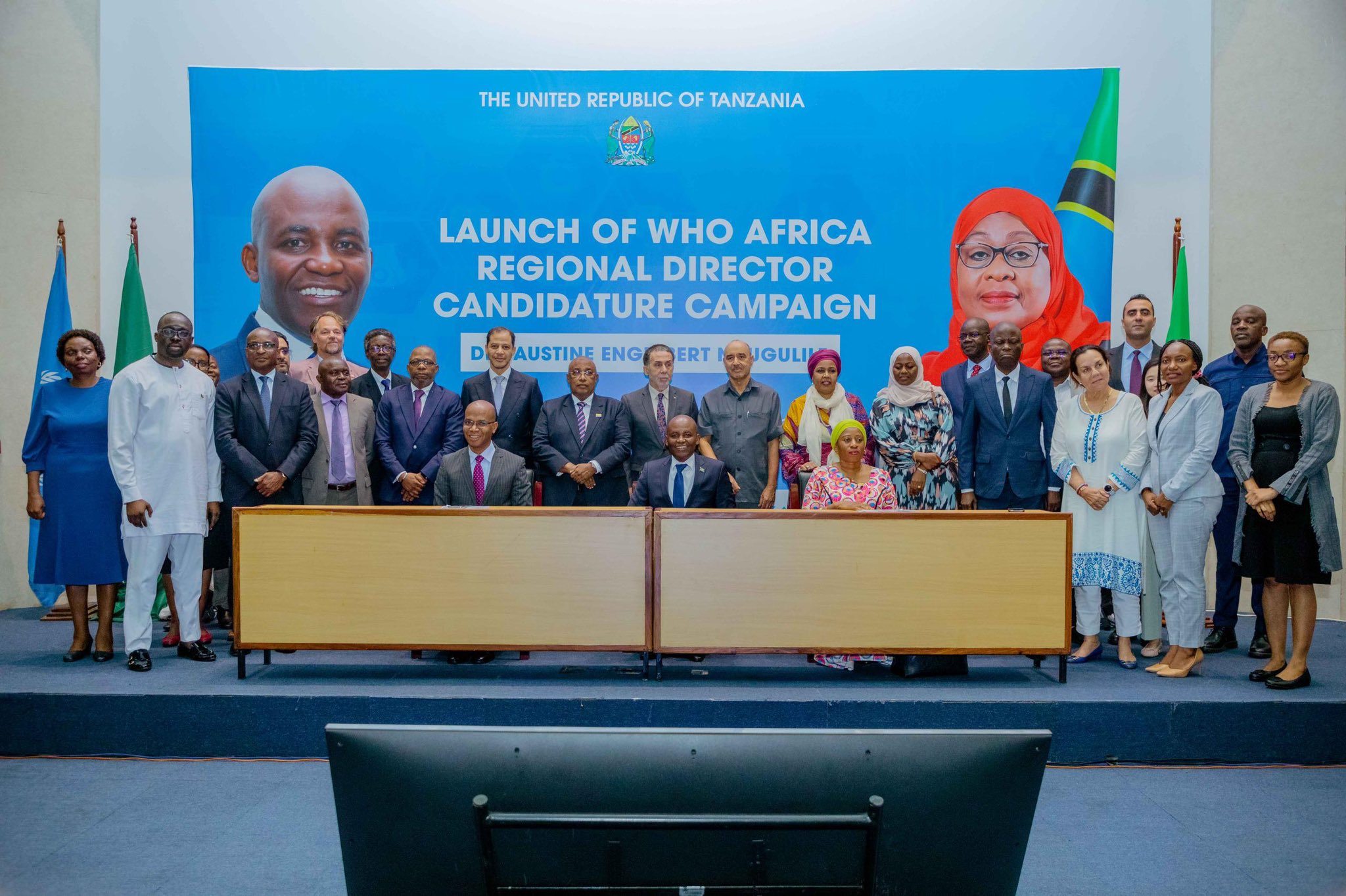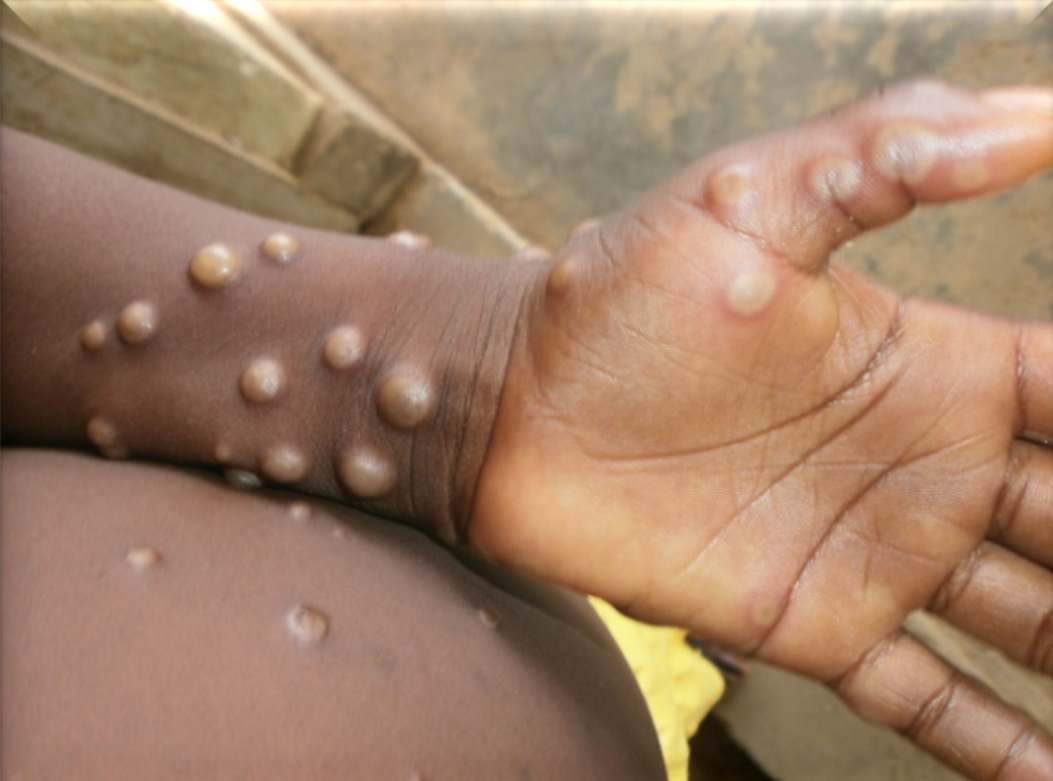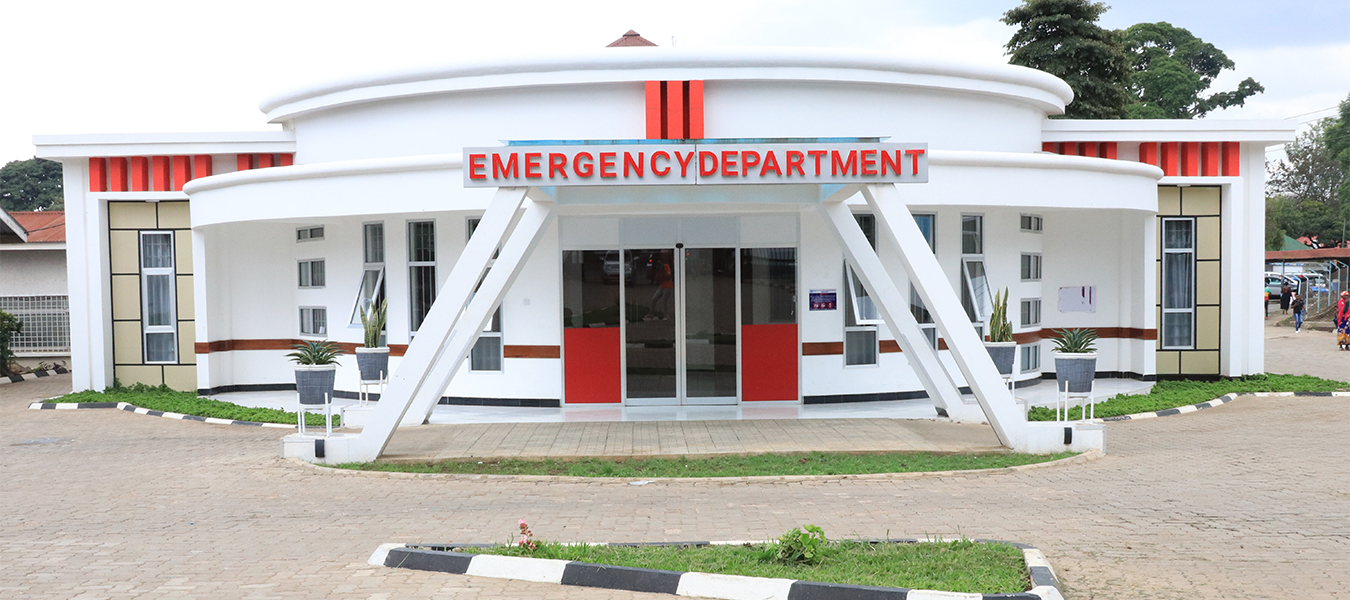On Wednesday July 1st last year, we woke up to the news that Tanzania had become a lower-middle-income country. The World Bank (WB) announced the milestone five years earlier than the expected timeframe. This by far remains one of the biggest surprises for the year 2020.
But as 2020 nearly came to an end, renowned experts in public health and key stakeholders in government were pondering the question: What does being lower-middle-income mean for the country’s healthcare system?
Inspired by the theme: Transforming the success of middle-income economy into a healthier nation, close to 400 delegates teamed up in Dodoma to hear from experts presenting about the path we are taking as a country towards building a healthier society. It was during the 7th Tanzania Health Summit (THS).
Country of potential?
By July last year, the country’s Gross National Income (GNI) per capita was $1,080. It rose from $1,020 in 2019, thus qualifying for the lower-middle income status, as per WB. Could this be an opportunity?
National income has gone higher, yes. But how much does the country spend on healthcare from its budget? Do the health services reach everyone? Above all, what’s the government’s position on equitable allocation of resources?
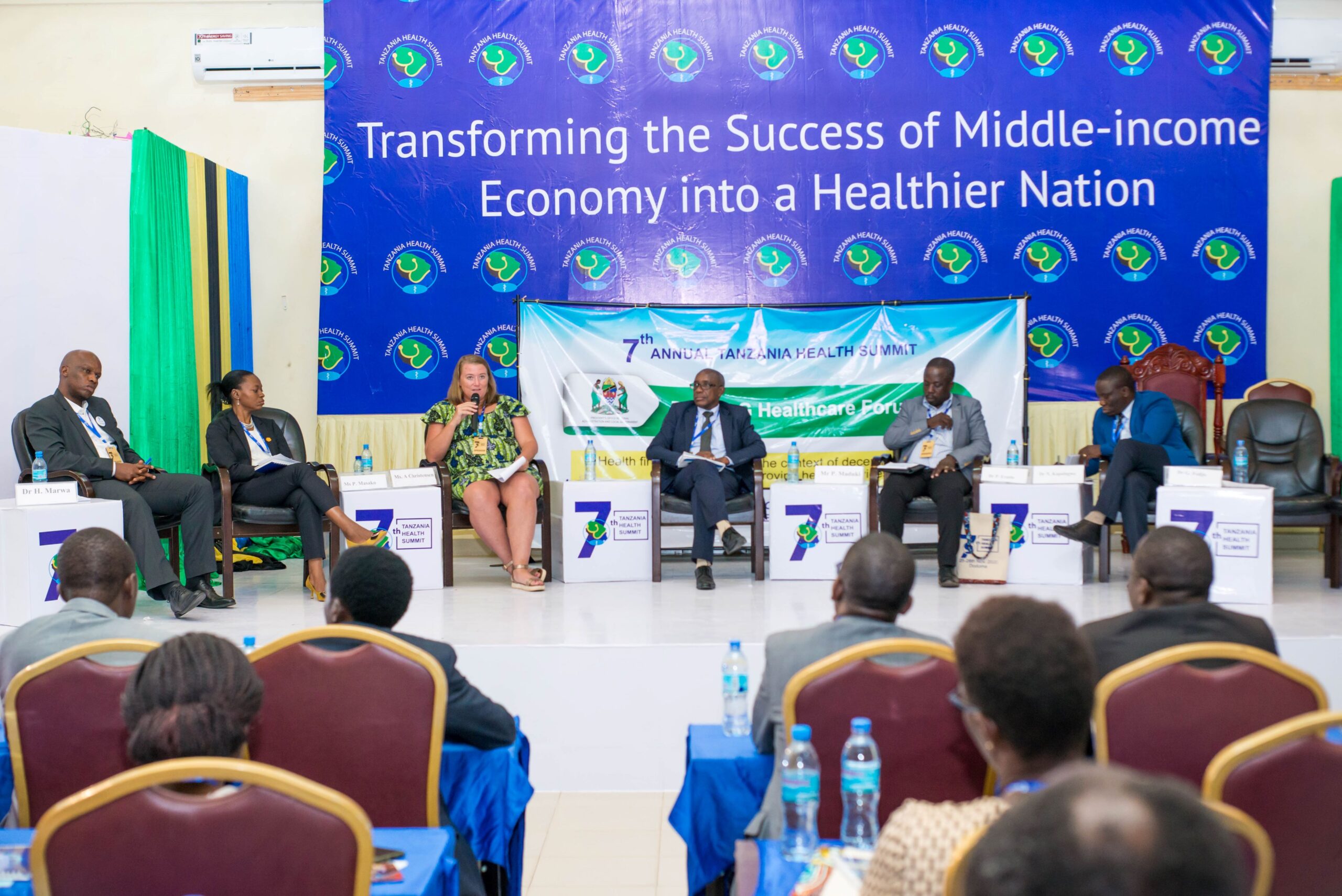
“To align ourselves to this new status [of lower middle income] we need to strengthen our health systems in resource allocation and improved technology for effective implementation,” remarked Professor Mabula Mchembe, the Permanent Secretary of the Ministry of Health, Community Development, Gender, Elderly and Children.
As he read his speech during the summit, Prof Mchembe was emphatic that more effort is still required to be able to guarantee everyone access to healthcare. There is a pressing need for more investment, despite the progress that has been made so far, he said.
But, much deeper issues cropped up during discussions and further presentations during the summit.
Where’s our human capital?
A child born today in Tanzania, will have only 40% of full potential when s/he attains the working age (18 years), as indicated in the World Bank’s Human Capital Index.
Despite the increase in the Gross National Income, the country has yet to reach the recommended per capita public health expenditure allocation.
Currently, the government’s health sector expenditure is around $25 per person per year, which is lower than the recommended $86 by the WHO.
However, this has been a challenge for most countries. On average, the lower-middle-income countries spend around $26 per capita on Domestic Government Health Expenditure, where Tanzania falls. In fact, since the Abuja Declaration of 2001, over 90% of African countries, including Tanzania, have not achieved the 15% annual budget allocation for improving the health sector.
That’s why Dr Githinji Gitahi, the Global CEO for Amref Africa and Co-Chair UHC2030 believes in the need for Tanzania to rethink its healthcare investment strategies.
Also read: Gaps we can bridge with strong public-private partnership in healthcare
The gap towards achieving Universal Health Coverage (UHC) is still huge, and the questions remain as to where the rest of the dollars will come?
As Dr Gitahi presented a paper virtually during the THS, titled: What being middle-income means for Tanzania’s healthcare system, he was keen on stressing the need to invest in human capital as the most important asset for achieving UHC.
More investment in adolescent and child health nutrition to improve school attendance and increase cognitive ability is key. This will, in return, increase labour, productivity and reduce fertility rate as well as child mortality.
A large labour force pool comes from improving adult health and nutrition, he said, analyzing further how that increases access to natural resources and could boost the economy.
In short, for the country to progress economically and be healthier, it should focus on the skills of its young generation, knowledge and health. However, due to the current budgetary challenges, there is need to think of how to achieve short-term goals, first.
How to face the tough economic reality
To be more specific, how do we deliver better healthcare within the $26 per capital per year budget framework?
Recall that the government has to deliver to its best even as it still faces the constant pressure of meeting the demands of health workers, such as improving their working environment, infrastructure, equipment, and diagnostics.
In that case, achieving UHC is far more complicated than expected but there are ways of surmounting the barriers.
Bold decisions needed
First and foremost, the government should put more emphasis on health promotion and prevention of diseases to reduce the number of people getting sick. This will save the expenditure that goes into treatment.
By doing so, much of the $26 can be well spent on the most vulnerable groups, followed by those who can partially afford to pay for healthcare. This is what I mean by equity.
However, it takes patience to achieve that. Well, in other countries, patience prevailed and later paid. Why not in Tanzania?
For instance, the sanitation law in the United Kingdom (1948) was the most important discovery for the country and it significantly dropped infectious diseases to the lowest level. Tough decisions they made, didn’t they?
But also, to achieve UHC we need to have a responsive health system that is equitable, innovative and resilient. The public sector should also work with other industries and embrace innovative ways to improve service delivery efficiency.
In this perspective, primary health care should come first, which will involve a system shift to equity in accessing healthcare. Secondly, adopting of technologies that will enhance accountability, like direct healthcare financing mechanisms in the country.
And lastly, the government should take bold decisions to boost the efficiency of primary healthcare by empowering people and communities, multisectoral policy action and improved integrated health services.
That way, we could enjoy the fruits of being a middle income country.
